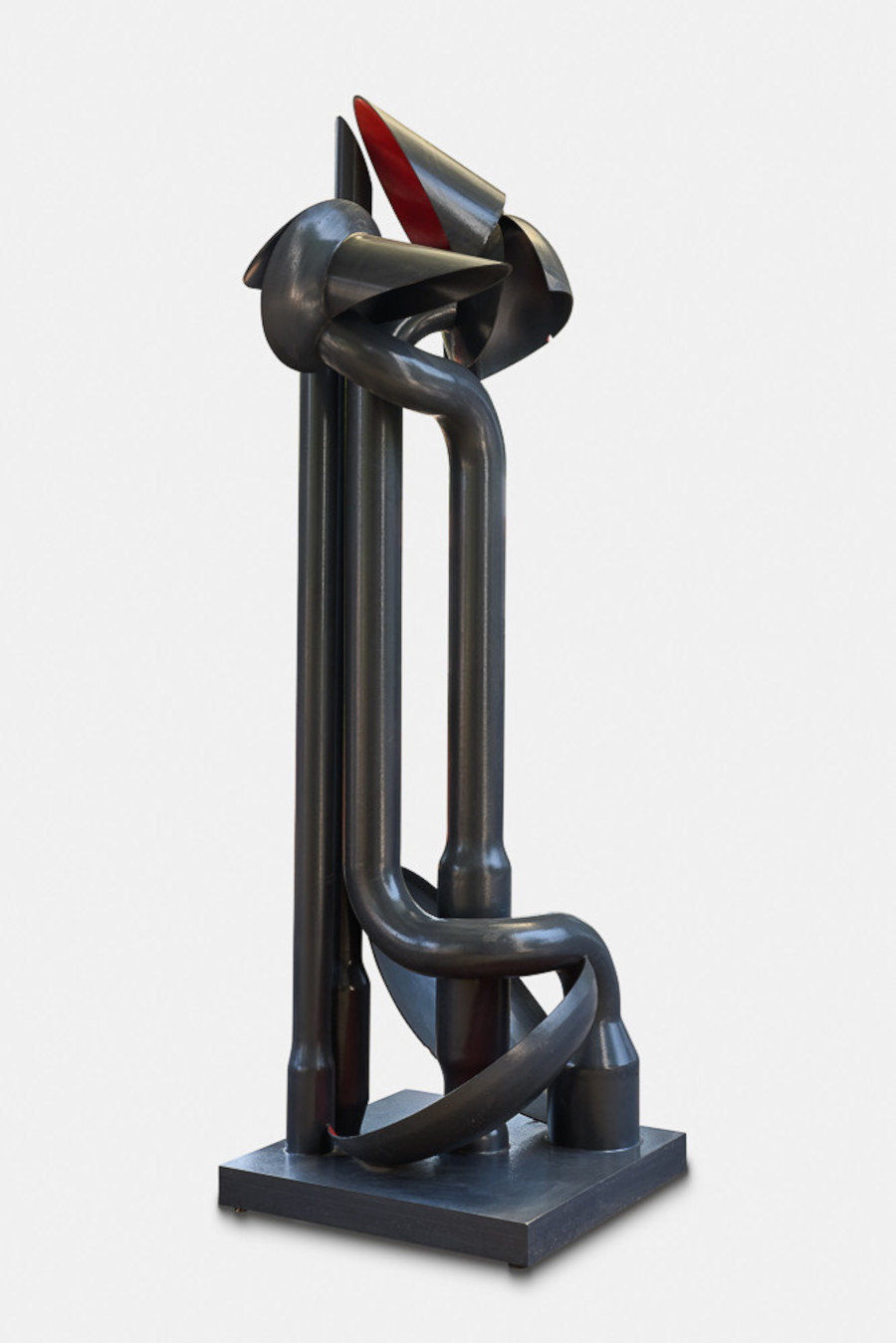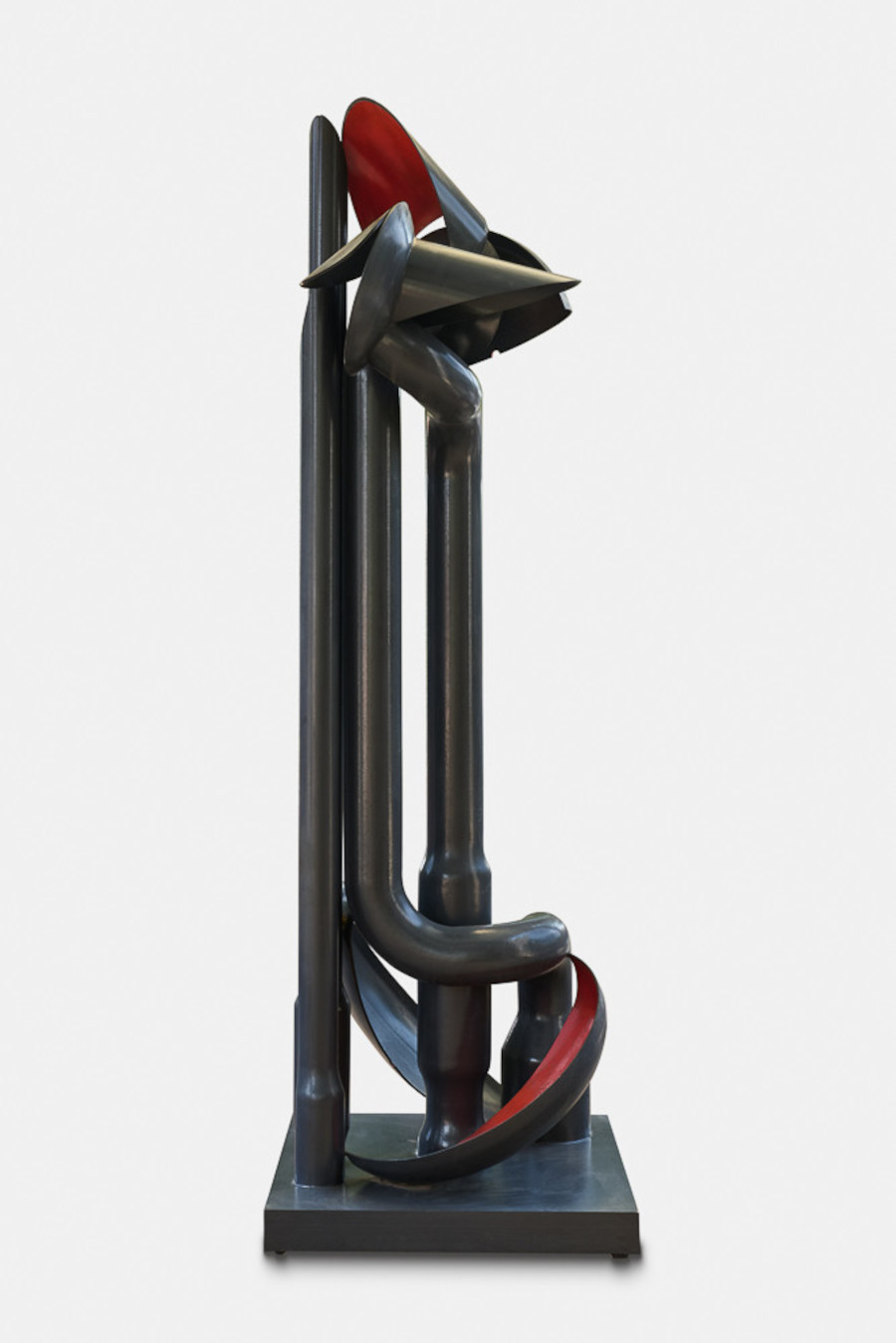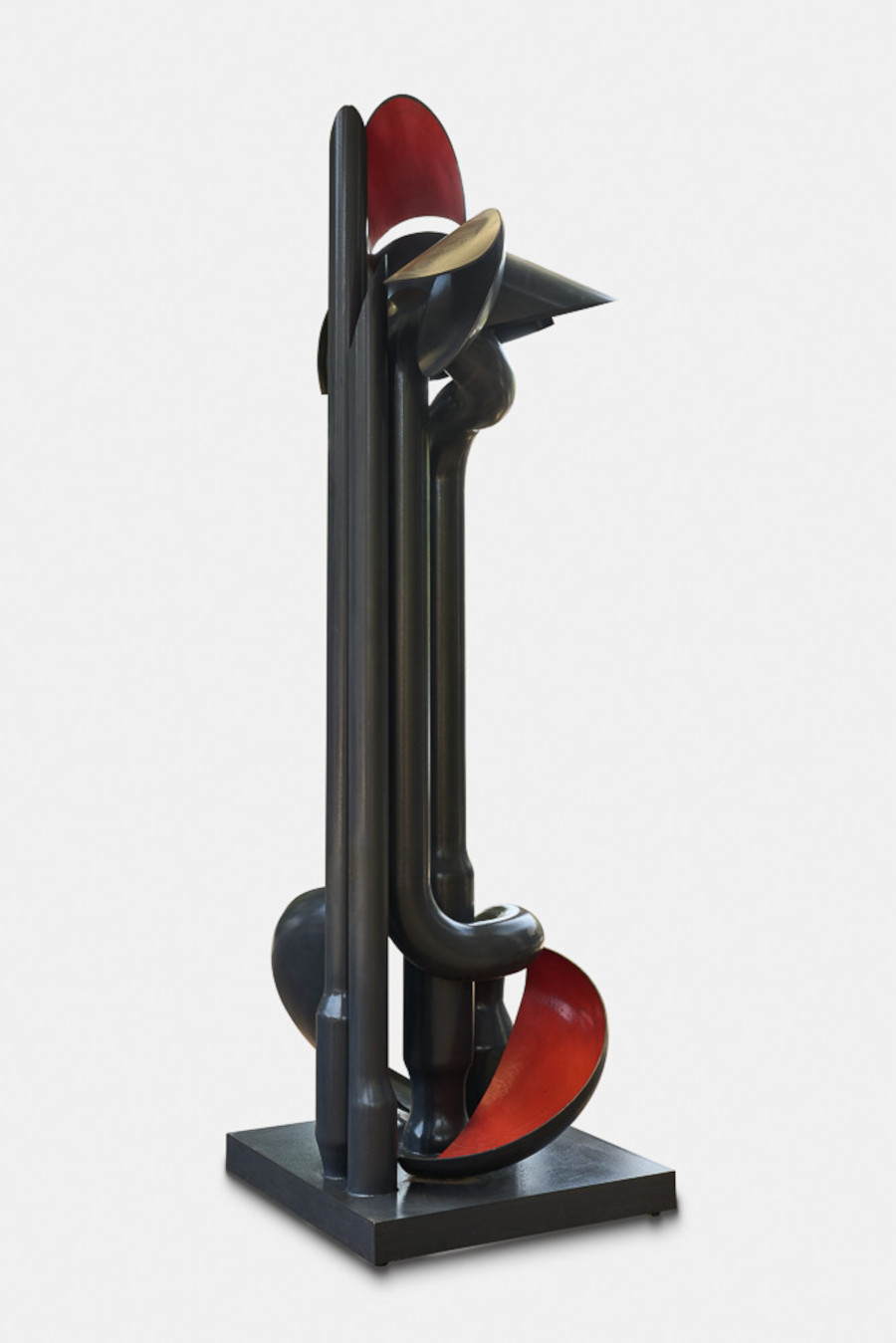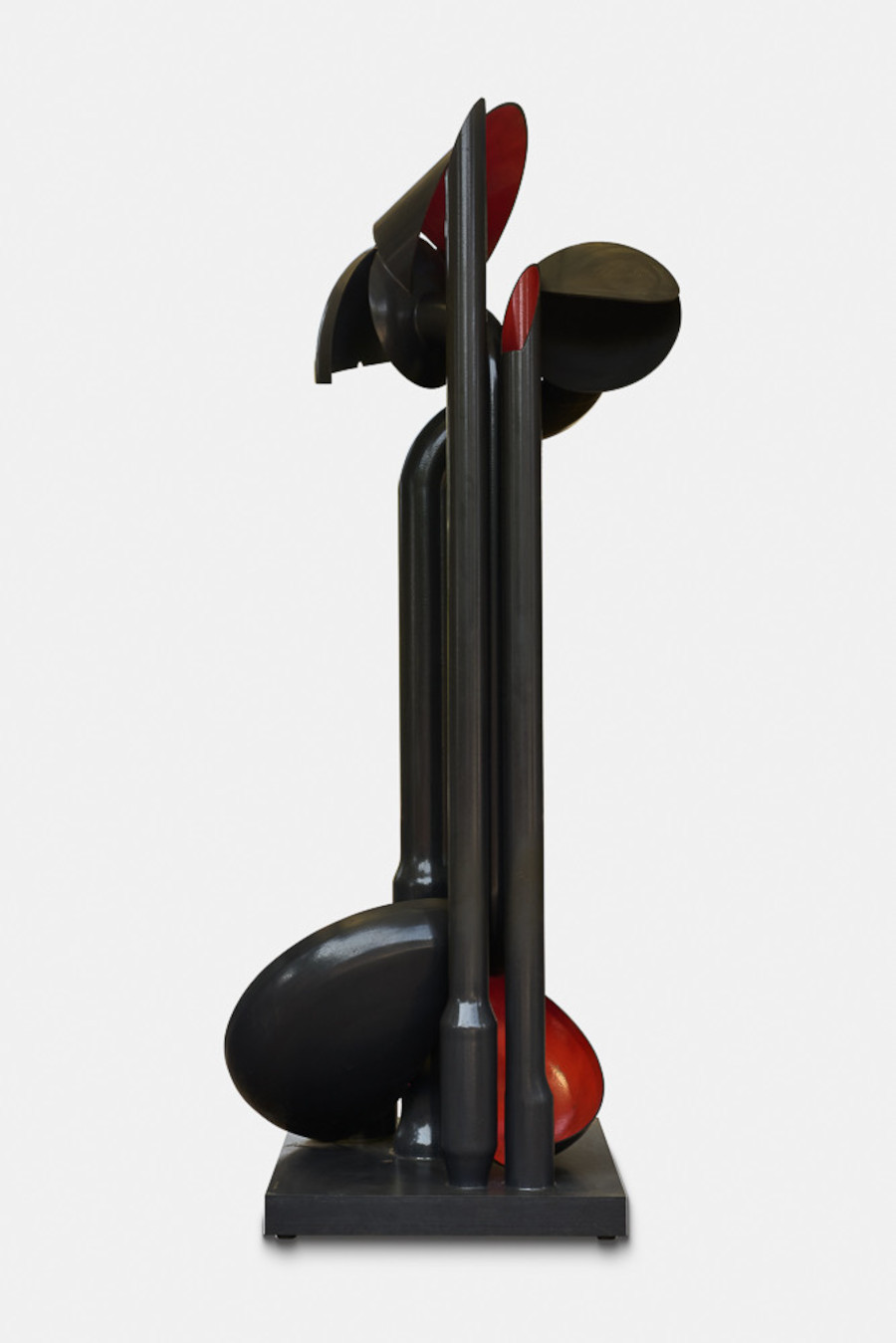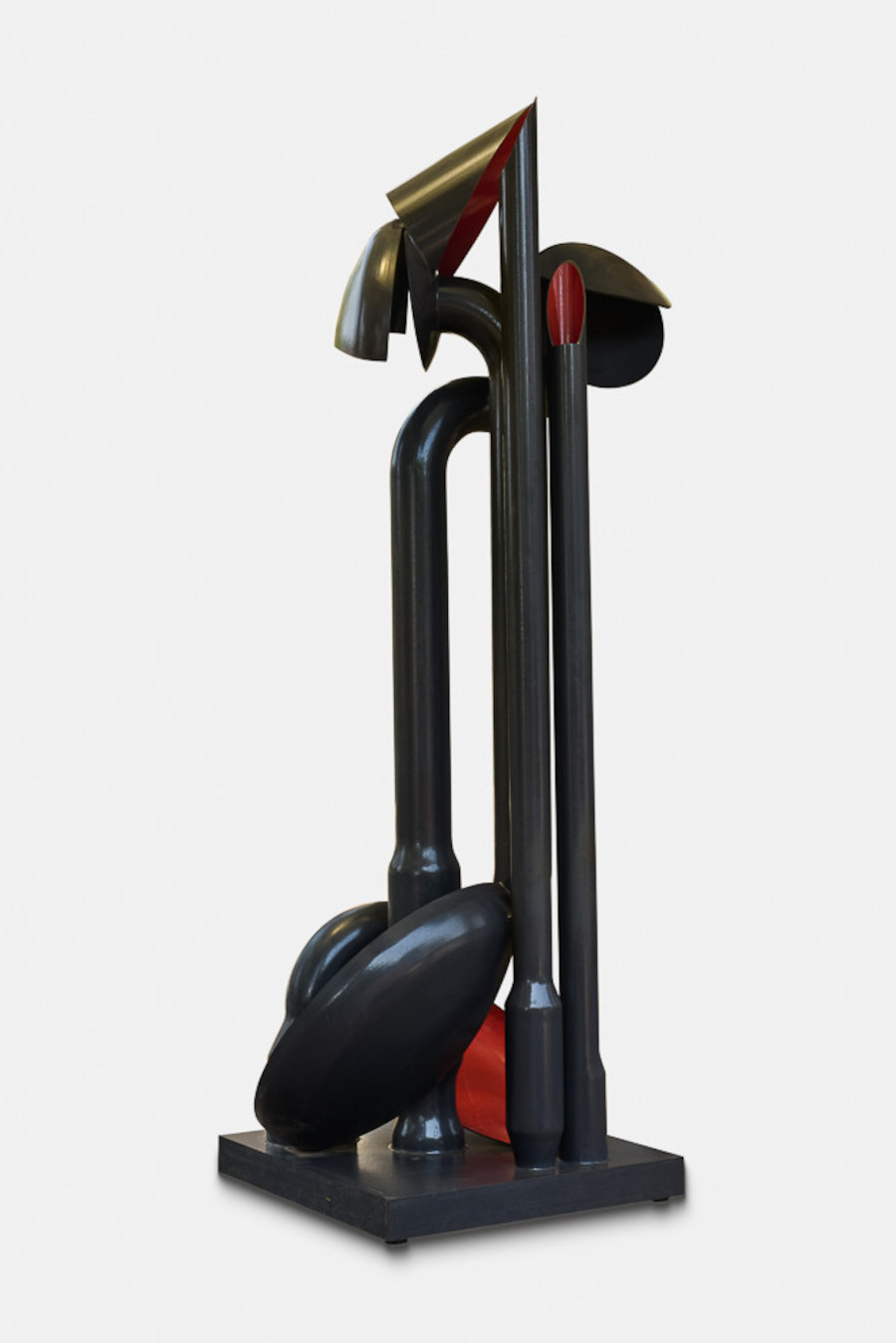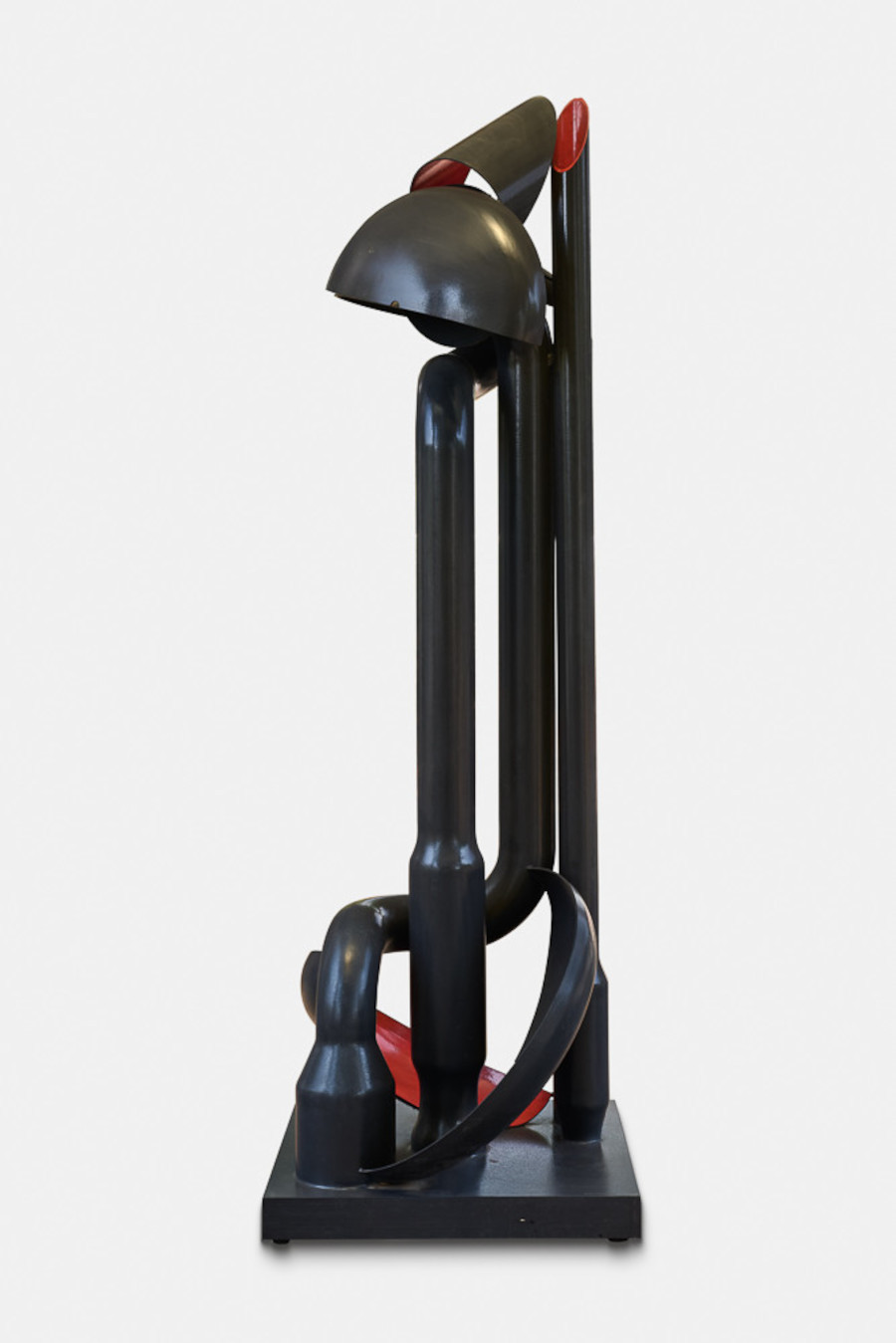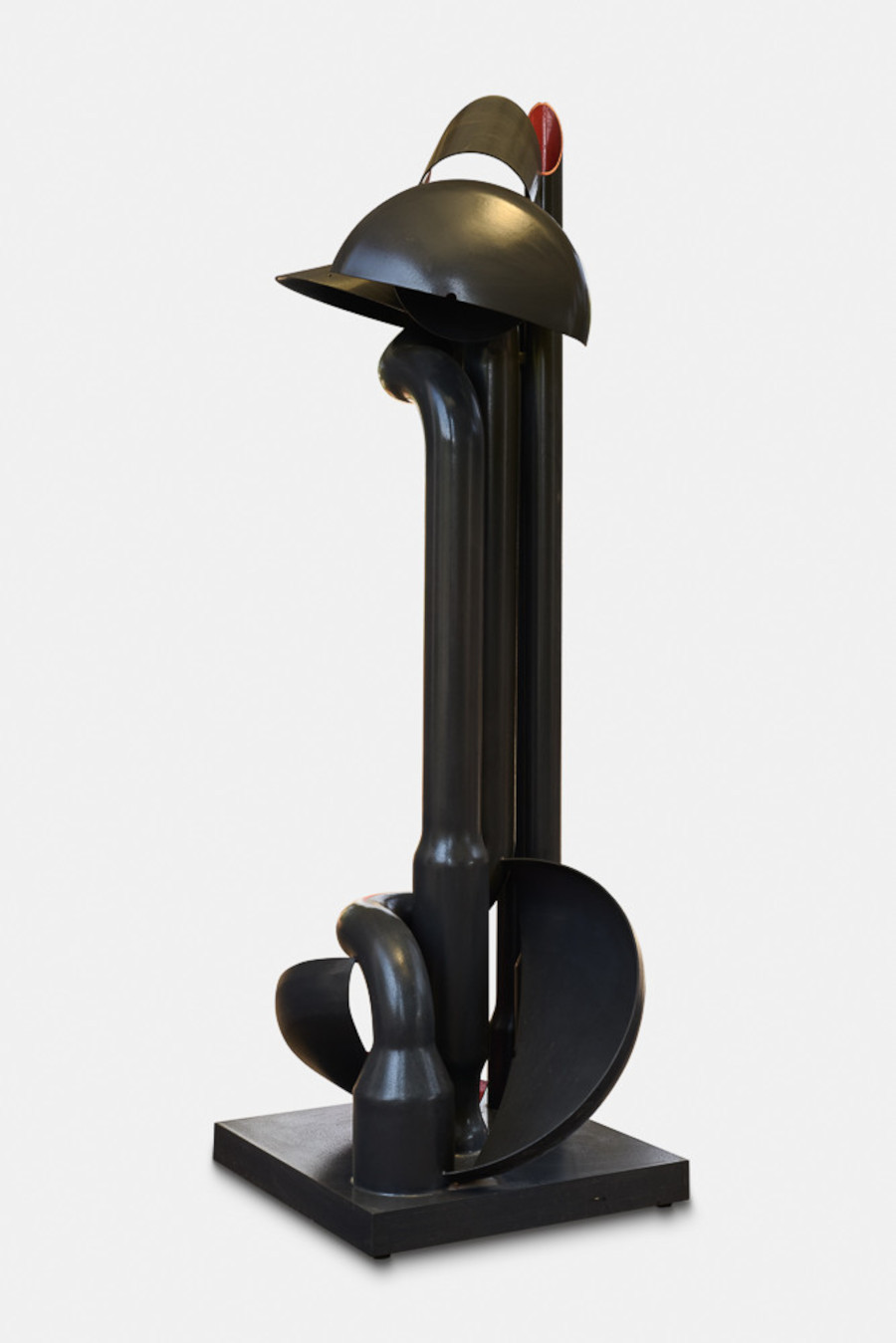Edoardo Daniele Villa (1915 – 2011)
BIOGRAPHY
Edoardo Daniele Villa was born in the village of Redona, on the outskirts of Bergamo, Italy. He studied the basic techniques of sculpture at the Scuola d’Arte Andrea Fantoni, under the sculptors Minotti, Lodi and Barbieri. As a young artist, he completed a number of public commissions for reliefs in his home town.
At the outbreak of the Second World War, Villa was conscripted into the Italian army under Mussolini and was wounded in the North African campaign. He was captured by English forces and hospitalised in Egypt before being sent to South Africa as a prisoner of war. Together with 70 000 Italians, he was held at the Zonderwater camp in the Transvaal (now Gauteng) from 1942.
An art studio and some cultural activities were set up in the camp, and his four years spent there were an active period of reconnecting with his craft. He studied the work of Auguste Rodin, working mainly in plaster-of-Paris. The difficult conditions of the war years were reflected in the emotional realism of his work during this period.
On his release in 1947, Villa decided to stay in South Africa, settling in Johannesburg. He went on to become the foremost abstract sculptor in South Africa, rejecting traditional European art practices and mimetic sculpture that defined the South African scene in the 1950s. Elements of the highveld landscape; its plant forms, brilliant sun, dramatic shadows and rock formations manifested in the sharp contours and intersecting flat and curved planes of his work (Berman, 2005).
In the early 1950s, Villa’s friend Douglas Portway recommended that he experiment with constructing sculptures by welding together pieces of metal – after Picasso and Gonzales had begun working in this way. At the start of the 1950s, Villa toured Italy with fellow Italian-born artist Giuseppe Cattaneo. In South Africa, he started a new trend that he would continue throughout his career, holding open-air exhibitions in Joubert Park, in Johannesburg (Von Maltitz and Nel, 2005).
Villa’s use of Cubist and Constructivist techniques and his creative use of steel, exploring the possibilities of bent and welded metal, characterised his break with descriptive conventions” (Berman, 2005). He became interested in African sculpture and appreciated the geometric forms in much African sculpture.
In 1964, he met Lucas Legodi and they began a long-standing friendship and co-operation, working together on large sculptures. The two were able to produce work more prolifically. Rather than working on an individual sculpture, Villa often worked on a series of works in which “a formal idea was explored for possible variations of form and meaning” (Von Maltitz and Nel, 2005).
His interest in creating an African identity in his work was further explored through his friendship with two collectors of modern and African art, Egon Guenther and Vittorini Meneghelli. He became a member of the Amadlozi group, along with Cecil Skotnes, Sydney Kumalo, Giuseppe Cattaneo and Cecily Sash. In 1963, Egon Guenther organised an exhibition for the Amadlozi group around different cities in Italy, showing their work in Rome, Venice, Milan and Florence.
During the 1980s, Villa completed a number of public commissions, in Cape Town, Port Elizabeth, Durban and Johannesburg, experimenting with different sculptural forms and techniques. He returned to using pipes in his works, which he had begun in the 1970s, as well as the incorporation of colour into his sculptures – at times brooding, moody and aggressive; at others, light-hearted and joyous.
In the 1990s, he produced a number of very large metal sculptures, always experimenting and adapting his methods. His largest exhibition, Villa at 80, was held in Johannesburg in 1995, with nearly 300 works on display.
According to Berman, Villa’s work transformed the way in which South Africans perceive sculpture: ‘[It] is in the conceptual substance of his oeuvre that his most significant achievement lies. Edoardo Villa has been uniquely able to translate his South African experience into symbolic visual form (2005)’.
Villa established himself as a prominent figure in the South African art scene, as a member of the South African Arts Association and the South African Council of Artists, and through long-standing relationships with prominent universities, such as the University of Pretoria and the University of Johannesburg. He represented South Africa at the São Paulo Biennale as well as in the Venice Biennale on five occasions, and had more than 100 solo and group shows worldwide.
The Edoardo Villa Museum at the University of Pretoria was opened in 1995, on his 80th birthday. He also received the Chancellor’s Medal of the University of Pretoria. A second Villa museum was established close to his birthplace, in Treviglio.


